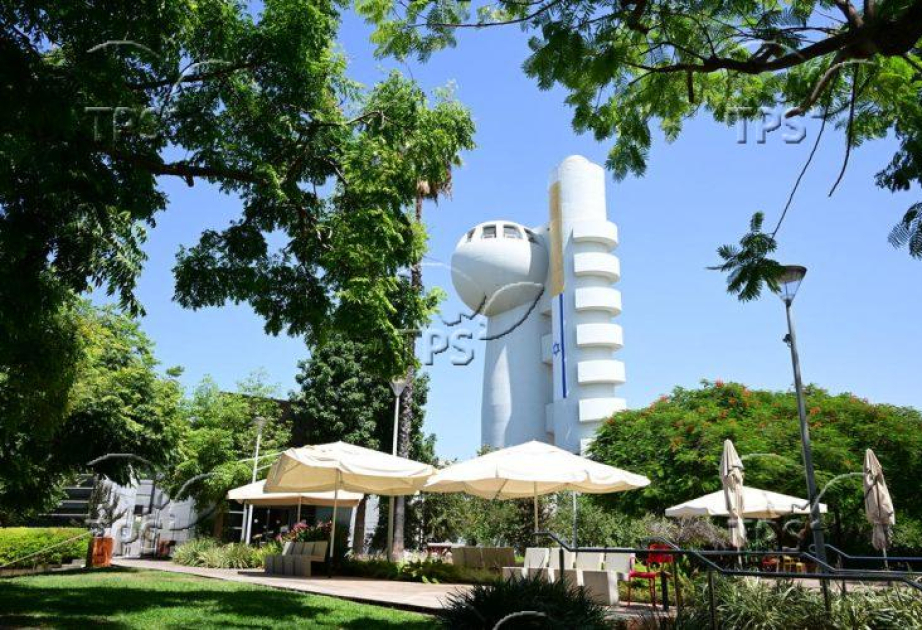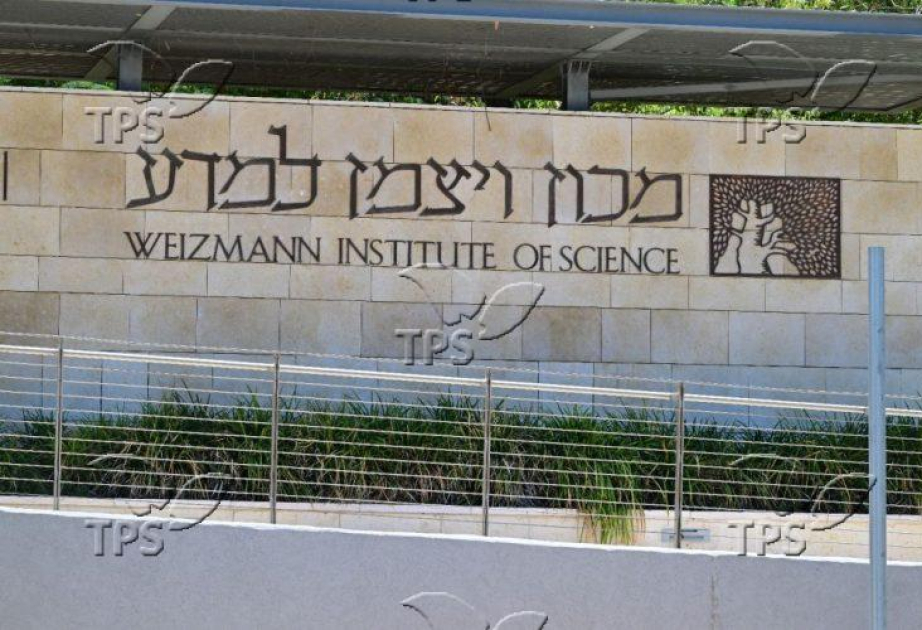In a surprising discovery, Israeli and Japanese scientists have found that an ancient protein can still function even when its shape is flipped like a mirror image, according to the Press Service of Israel (TPS-IL).
This goes against a long-standing belief in biology that molecules only work in one “handed” form. Showing that a protein can function in its mirror-image form expands the possibilities in synthetic biology and suggests that life might not be limited to Earth-like chemistry.
Researchers at the Earth-Life Science Institute (ELSI) in Tokyo, the Hebrew University of Jerusalem and the Weizmann Institute of Science, focused on a simple protein shape called the helix-hairpin-helix (HhH) motif. This structure is used by many living things to attach to DNA and RNA—the molecules that carry genetic information.
Most molecules in living organisms come in either left-handed or right-handed forms, like how a person’s hands are mirror images of each other. On Earth, proteins are made from “left-handed” amino acids, and DNA is made from “right-handed sugars.” This preference, known as homochirality, is so strict that flipping a molecule’s handedness usually stops it from working.
But in this case, the researchers found that a mirror-image version of the HhH protein could still bind to DNA. “I was looking at the motif—just playing around on the computer—and I suddenly thought: This motif can bind mirror-DNA!” said Prof. Liam M. Longo of ELSI.
“It was a crazy idea,” added Prof. Norman Metanis from the Hebrew University. “But the more we looked at the structure, the more we thought maybe we were on to something.”
To test the idea, the team created a mirror version of the protein in the lab and saw that it could still stick to DNA. They also studied how the mirror protein let go of DNA and how it reacted to small changes, finding that it behaved a lot like the original.
Prof. Yaakov Levy and his team at the Weizmann Institute used computer models to study how both the normal and mirror proteins attached themselves to DNA. “What we found surprised us,” said Longo. “Even though they bound in slightly different ways, the same parts of the protein were involved.”
This is the first known example of a protein that binds to DNA working in both its normal and mirror-image forms. The scientists call this “functional ambidexterity,” like a glove that fits both the left and right hand.
The findings were published in the peer-reviewed Angewandte Chemie.
The discovery raises new questions. Why is this protein ambidextrous? Was there once mirror-image life on Earth? “We still don’t know,” said Metanis. “Maybe this protein needed to work with different shapes of DNA. Or maybe it tells us something deeper about life’s early history.”
Longo suggested a more daring idea. “The most intriguing explanation is that ambidextrous proteins were once useful to mirror-image life,” he said. “But we’re still far from proving that.”
The findings open new avenues of research in the areas of drug development, synthetic biotechnology, protein engineering, and even astrobiology.
Mirror-image proteins tend to be more resistant to breakdown by enzymes in the body because natural enzymes usually only recognize one-handedness. If these mirror proteins can still bind DNA or RNA effectively, they could be used to design more stable and longer-lasting therapeutic drugs, especially for genetic diseases or cancer.
Engineering mirror-image proteins that perform essential biological tasks — but are less likely to be degraded or cause unwanted immune responses — could improve gene editing tools, biosensors, and molecular machines.
Understanding how proteins with different handedness interact might lead to new ways to block harmful interactions or design better treatments. It could also inspire the design of new proteins that work in more varied environments or with diverse molecular targets, increasing flexibility in industrial or medical applications.
The findings could theoretically also guide experiments to recreate early life conditions or search for life forms with different molecular chemistry, expanding science’s idea of what life can be.
The scientists are now searching for more proteins with this rare ability.



















